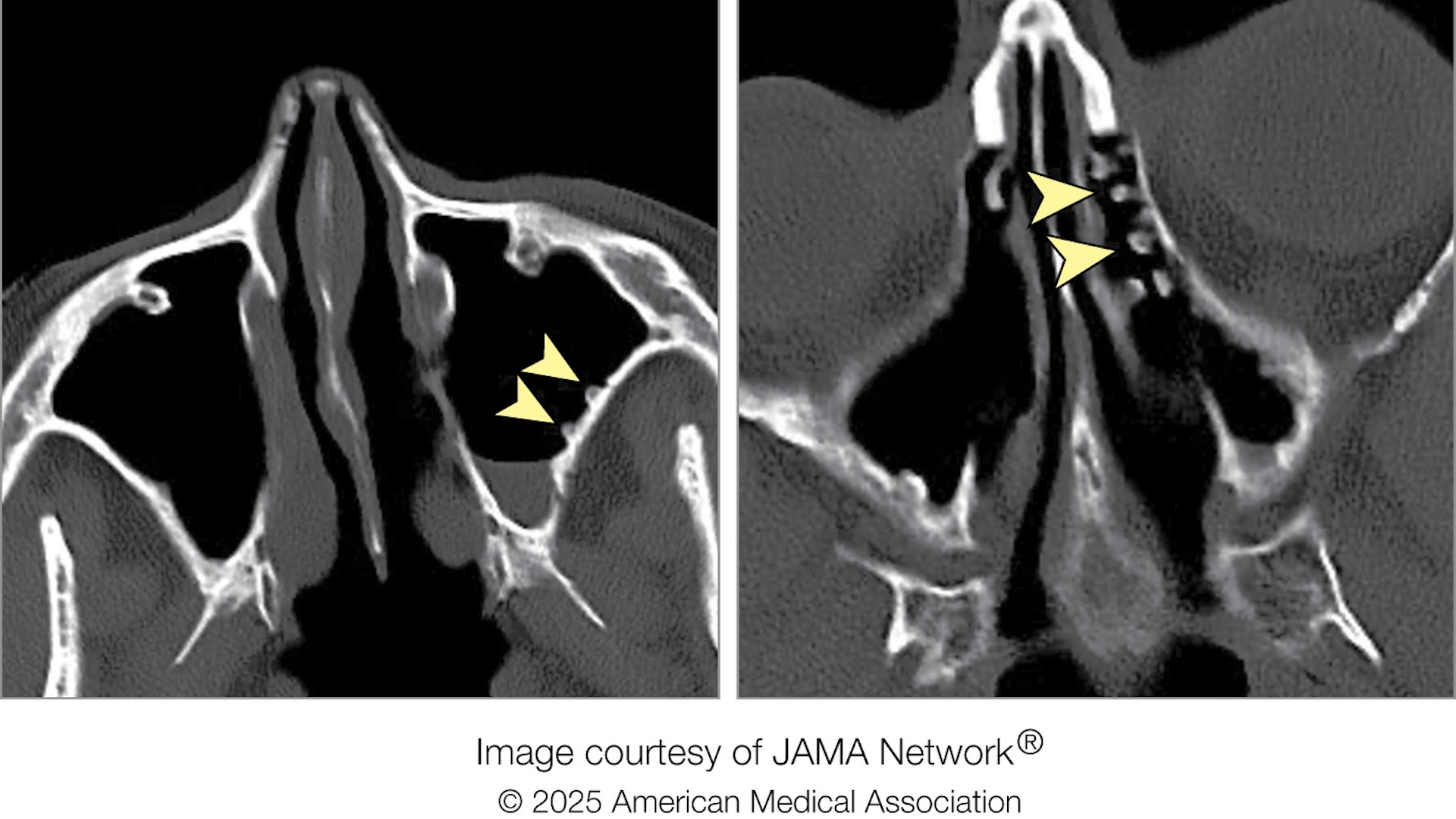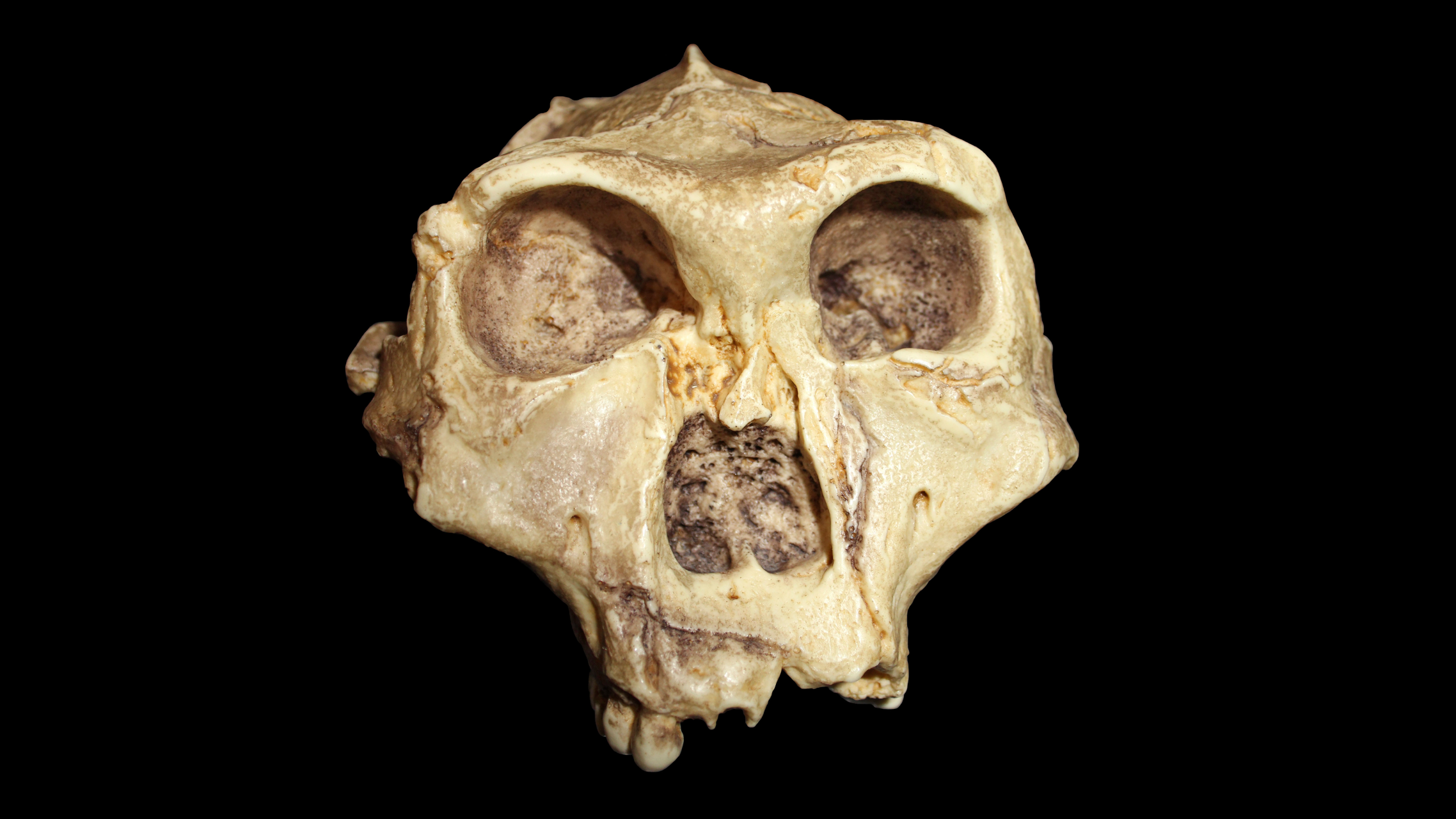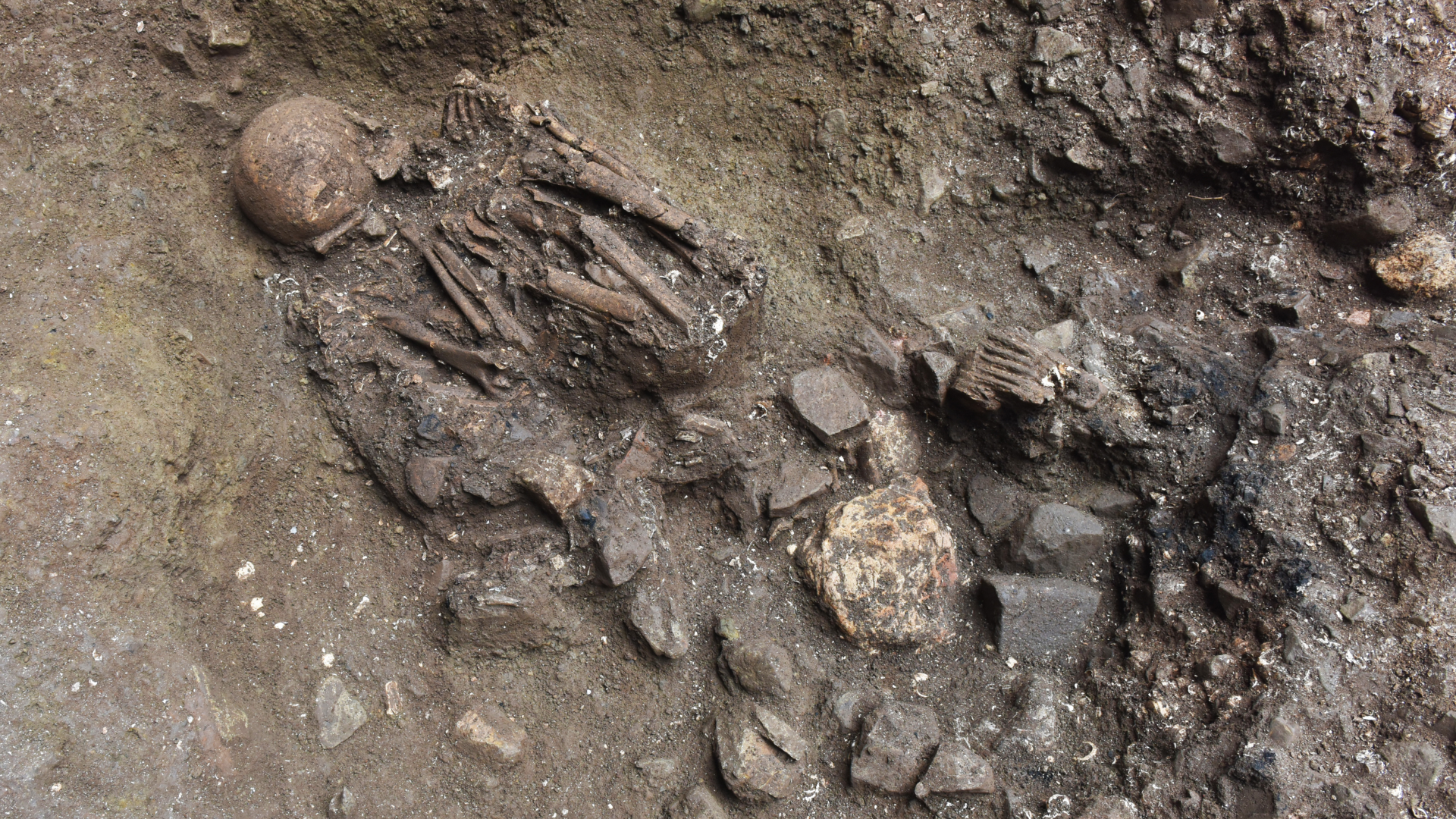The patient: A 64-year-old woman in Minneapolis, Minnesota
The symptoms: The patient visited a medical clinic to seek care for her chronic rhinosinusitis — tissue inflammation in the sinuses and nasal passages — that was causing a viscous discharge containing mucus and pus to persistently drip down the back of her throat. She also reported headaches accompanying the postnasal drip.
What happened next: The woman told physicians at the clinic that 23 years earlier she underwent endoscopic surgery for chronic sinus infections, which typically involves removing blockages from the sinuses with the help of a tube-shaped scope. But after the procedure, she continued to experience thick and discolored mucus, which was somewhat relieved by rinsing with antibiotics and saline. She continued this irrigation regimen for eight years, stopping two years before seeking help at the clinic. (A report of the case doesn’t note why she stopped the rinses.)
The doctors collected a mucus sample from one of the patient’s sinus cavities for analysis. In addition, when they cleared out the accumulated mucus from her sinuses, they discovered something unexpected: bony lumps on the walls of the sinus cavities on either side of her nose. Their abundance in the woman’s sinuses gave her sinus walls “a cobblestone appearance,” the doctors wrote in their report.
The diagnosis: A lab analysis of the mucus sample revealed that the woman had a bacterial infection caused by Pseudomonas aeruginosa, a bacterial species often found in healthcare settings that can be resistant to antibiotics. The cobblestone growths were “exostoses” — benign, bone tumors that often form as layers in ear canal tissue after repeated exposure to cold water. They are sometimes seen in a condition known as “surfer’s ear.”
The treatment: The doctors treated the woman’s bacterial infection using sinus rinses with gentamicin, a powerful antibiotic, and budesonide, a steroid that reduces inflammation. After the patient’s symptoms subsided, she was switched to warm saline rinses and told to avoid cold water to prevent more bony lesions from developing. Her symptoms did not return, the report states.
The doctors determined that the existing exostoses were not responsible for the woman’s rhinosinusitis and were unlikely to cause future sinus problems. Therefore, the growths did not require surgical removal.
What makes the case unique: Since the 1930s, exostoses in the ear canal have been associated with surfing and other water activities that involve prolonged, repeated immersion in cold water. Researchers have hypothesized that these bony growths are a protective response of the ear canal’s vascular tissue, which lacks a layer of insulating fat.
Sinus tissue also lacks a layer of fatty insulation, making it similarly vulnerable to the formation of bony growths. The patient’s exostoses were likely caused by years of sinus irrigation with cold liquid, according to the report. While this development in the sinuses is rare compared to surfer’s ear, several other cases involving exostoses in the sinus cavities have been described in the medical literature — and they usually involved repeated cold-water nasal rinses.
This article is for informational purposes only and is not meant to offer medical advice.













